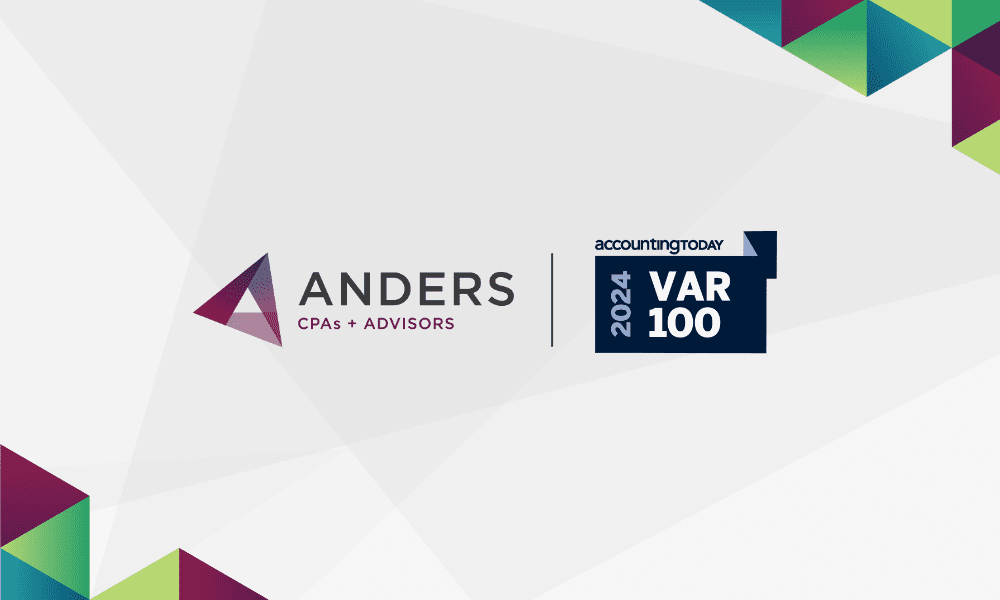Data analytics can be daunting for businesses of all sizes. It may be something you know your business should invest in to make better decisions but understanding what data you’re starting with and how to transform it into actionable insights is another story.
Whether you’re dipping your toes into cleansing your data or ready to pull organized data together into real-time dashboards, misconceptions around data analytics often pull businesses in the wrong direction. Below we dive into six common myths we hear around financial data analytics and insights to clear up the confusion so you can get the insights you need.
Myth #1: If the data is there, it must be correct
This may seem simple, but just because the data is in the system doesn’t always mean it is correct. Especially as an organization grows, data expands to come from people in different departments. It can be tempting to assume that the data coming into your accounting system is reliable. In our experience, this is often not the case.
Context is the most important part of data, and that context is often lost when entering information into fields, forms, and screens. Making sure that different stakeholders and departments can view relevant financial data in your organization gives them a chance to catch errors in a timely manner.
Timesheets, invoices, and expenses can all be categorized incorrectly or mislabeled. When other people in your organization get the opportunity to check the overall numbers, these errors become more obvious than when looking at rows of data. “Wait, we didn’t spend $5,000,000 in Q2! Something is off.”
Myth #2: Easy or simple metrics reflect reality
We see this quite frequently. If an organization wants to know who their most productive employee is, they look at the number of hours worked. If they want to know who their best salesperson is, they look at total sales. While these metrics have some value, they don’t really represent the whole picture.
Metrics can do more harm than good when you don’t focus on the right things. An employee may log a lot of hours, but not actually get more work done than someone who logs less. A salesperson can get lucky and look good for a quarter or two, but lack long-term consistency. It is important to make sure your reports and visuals can tell the complete story.
Here is an example of metrics being misinterpreted. Let’s say ABC Company is tracking customer satisfaction via an annual survey. Customer satisfaction scores from the survey continue to increase each year, from 50% in year one to 75% in year three. The marketing department concludes that the survey and remediation strategies have been successful and ABC Company’s customers are happier than ever.
What the customer satisfaction survey metric doesn’t show is that while these numbers were increasing, customer retention was decreasing year after year as the business lost more customers. As unsatisfied customers stopped using ABC Company, the average satisfaction score went up.
This is the danger of looking at metrics in silos and without considering data from other areas of the company. Bringing together data from across the organization to strategically measure KPIs can help uncover the real story and how to move forward.
Myth #3: We can use Excel to patch up any issues
A lot of organizations struggle to get the reports they need, their data cleaned up, or their books balanced in their accounting software. To make up for this, they export the data and then use Excel to clean it up when needed.
It’s true that Excel gives you more control over your data, but it also removes it from your processes and core records. Constantly relying on Excel to “duct tape” issues with data can lead to more problems. The “fixed” data seldom finds its way back into the system, meaning your main accounting records are never cleaned up.
Excel files often get passed around as well, meaning that the most updated version often gets lost or there are several versions being used by different people with varying data.
Excel is good for prototyping and experimenting with financial models and “what if” scenarios, but it should not be used to fix your persistent data problems.
Myth #4: My accounting software has all the analytics I need
Most accounting software packages offer basic reporting, but none of them offer robust financial analytics out of the box. Some accounting software offers add-on products or companion software, but these still aren’t ideal or comprehensive.
Financial analytics is something very custom to your business. To get the kind of insights you need to make effective business decisions, you need to use solutions built for analytics and partner with a team that knows how to relate it to your business. Microsoft Power BI and Tableau are examples of analytics software that is powerful and flexible enough to present insights tailored to your business. By partnering with business analytics providers who understand your existing software, company financials, and business goals, you can uncover insights into your data to make better decisions than ever before.
Myth #5: Financial reporting is the same as analytics
Standard financial reports, such as your balance sheet, P&L, and cash flow, are the easiest to provide and what most people are used to seeing. This information is important, but it doesn’t represent the entire financial landscape of a business. Also, these numbers are historical and reflect the past, rather than being future-focused.
Analytics is about finding patterns and trends that provide deeper insight into “why” or “how” things are happening, as opposed to just answering “what.”
Ready to reconsider how you view analytics? Download our Next-Generation FP&A White Paper
A good example is viewing your budgeted spend versus actual spend. Most accounting software can tell you what your actual spend was compared to your budget. What it can’t tell you is why your budgets are off. Is there a pattern to your spending or costs? Do different departments influence each other’s budgets? Are people rushing to spend their budgets at the end of the year or do they really need those budgets?
Most important of all is budget forecasting. This is often done by just asking people how much they need or applying standard increases. Analytics can help you forecast how much money you really need based on past trends. It can even help you correlate budgets to performance increases or ROI.
Myth #6: I don’t need a data warehouse
It’s true that not every business needs a data warehouse, but as a business grows, a data warehouse becomes more of a necessity. Another similar misconception is that a data warehouse is just a “giant spreadsheet.” A data warehouse gives you the ability to store all the data in your organization in one place and integrate it all together far beyond what a spreadsheet can do.
Before getting a data warehouse, businesses sometimes spend thousands of dollars trying to get all their systems to “talk to each other” directly with plugins, add-ons, or third-party solutions. As a business grows, this gets more and more impractical.
A data warehouse can pull data from all your systems, organize it, and make it accessible for everyone who needs it. It also frees you up to migrate to different software as needed, without worrying about setting your business back with huge disruptions. Need a new accounting software system, ERP, or CRM? No problem, you already have all your data ready in your data warehouse.
Is there confusion in your company about data analytics or how to get started? Anders partners with data analytics consulting firm Onebridge to provide the financial intelligence businesses need to grow. Learn more about our Business Analytics solution or contact an Anders advisor below to see how we can help your business make better, more profitable decisions with data.
This post was written in collaboration with Onebridge.





